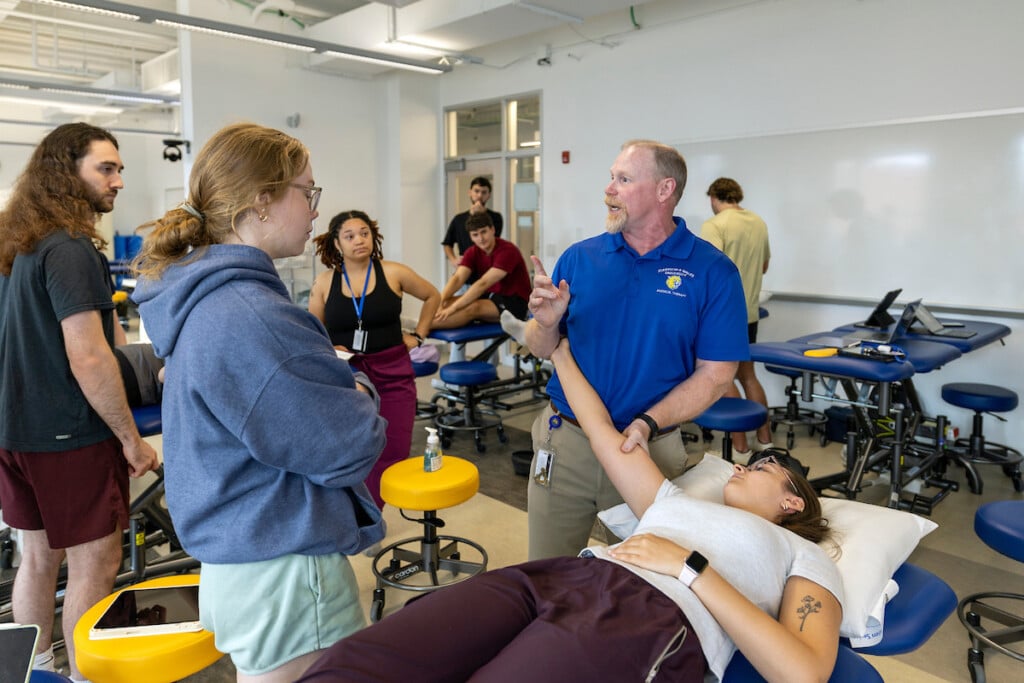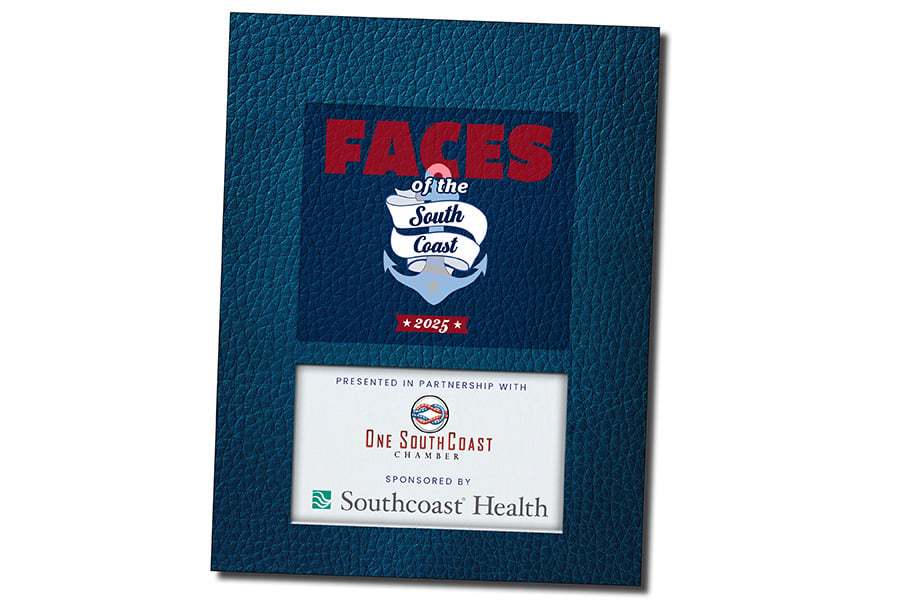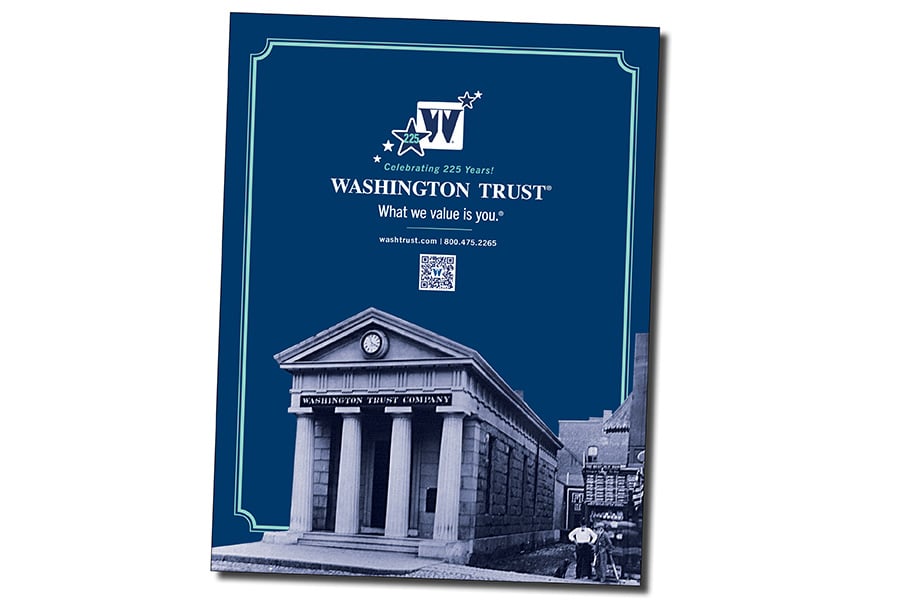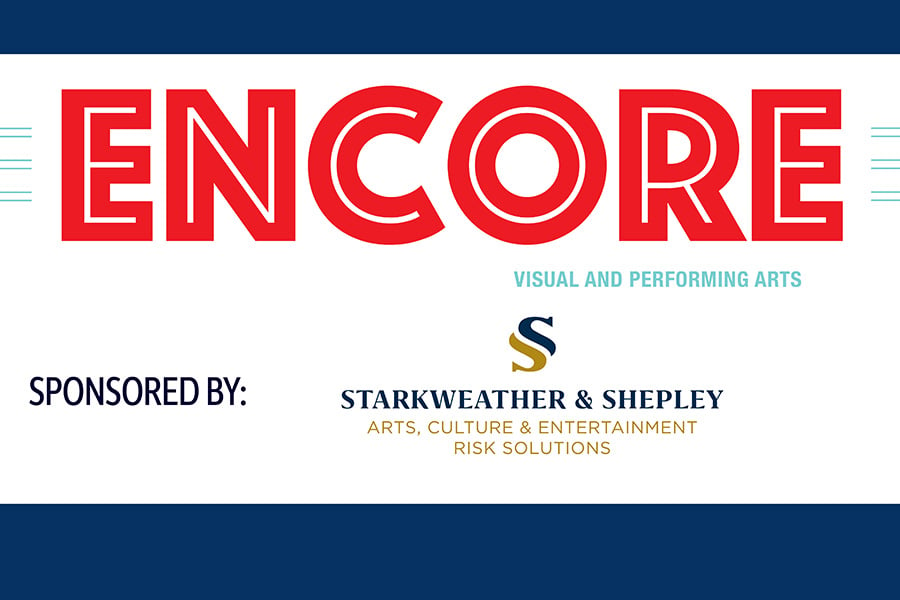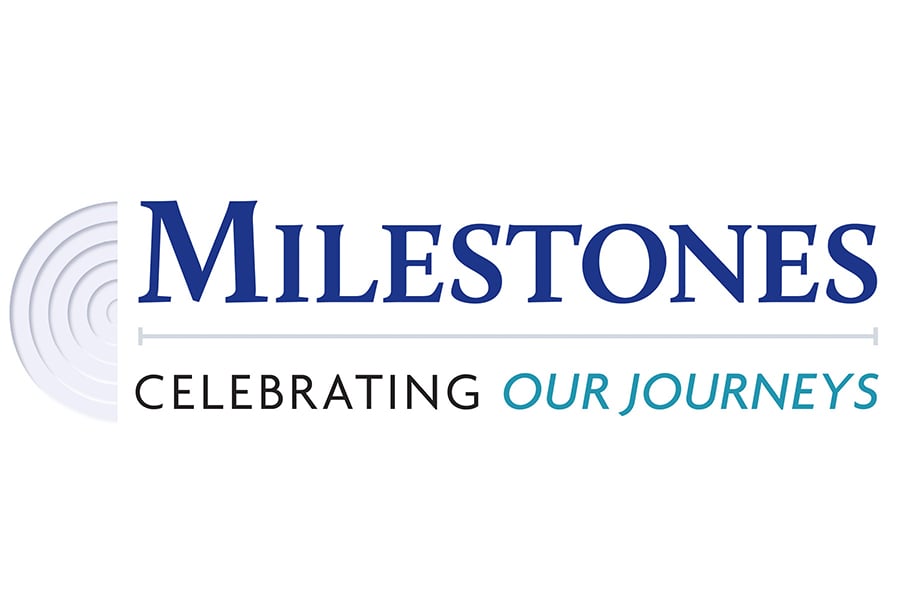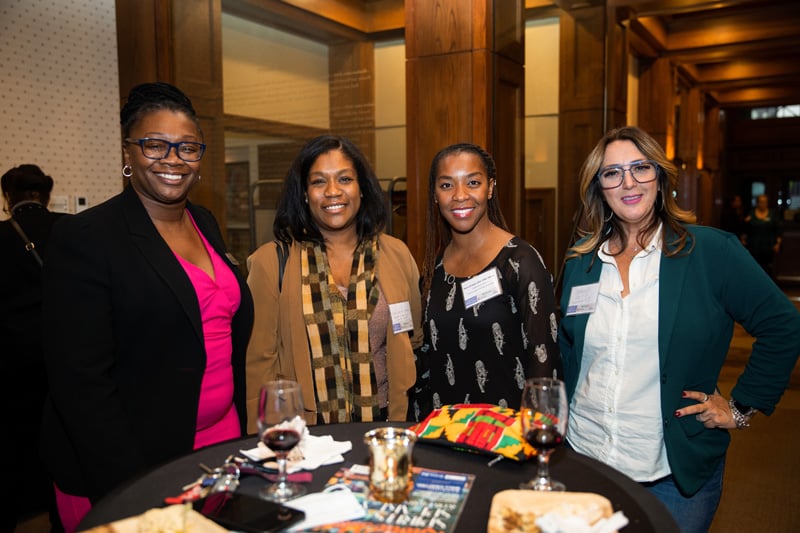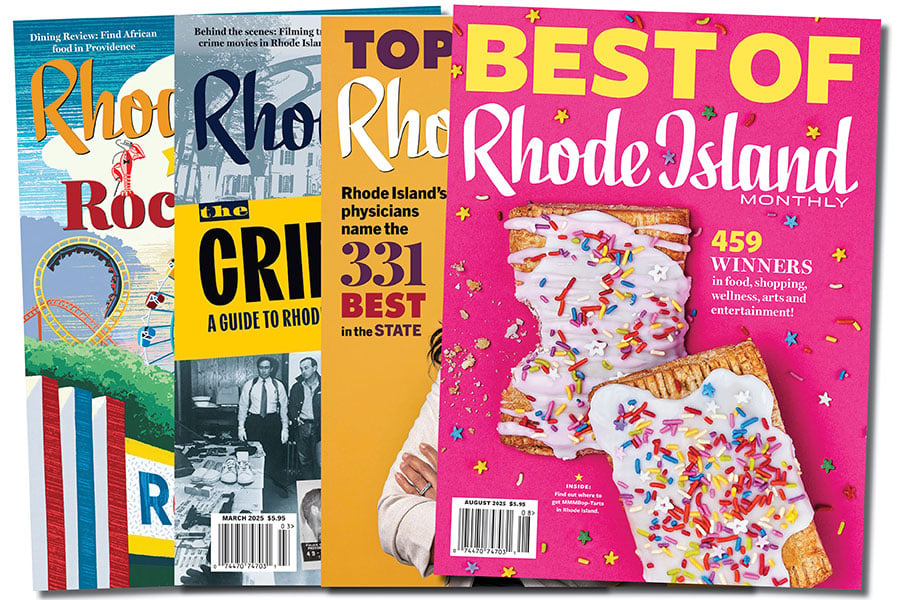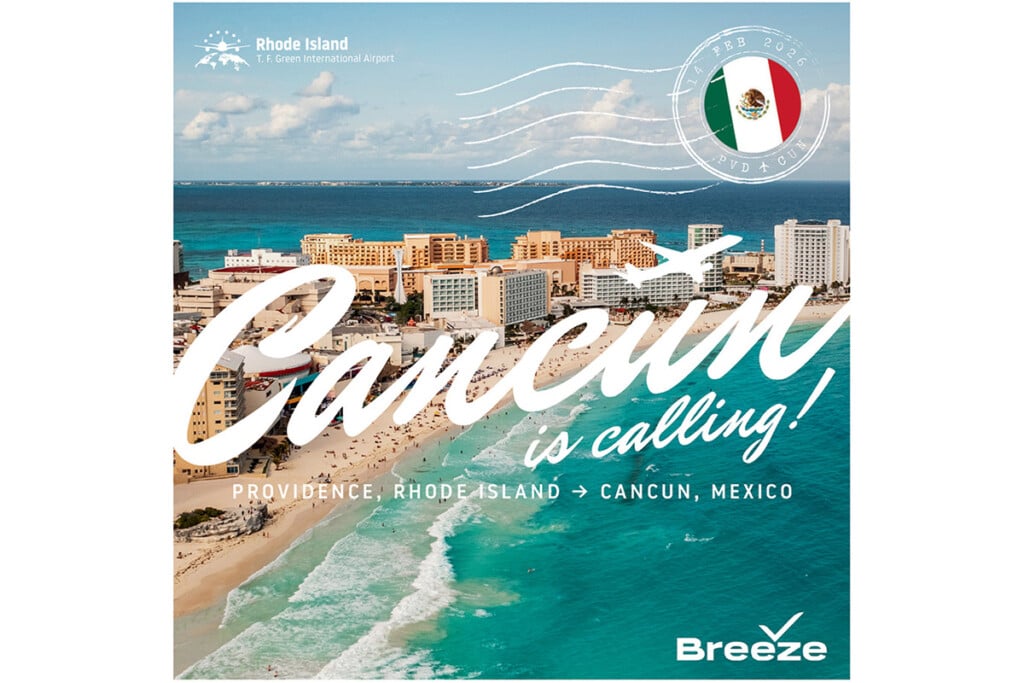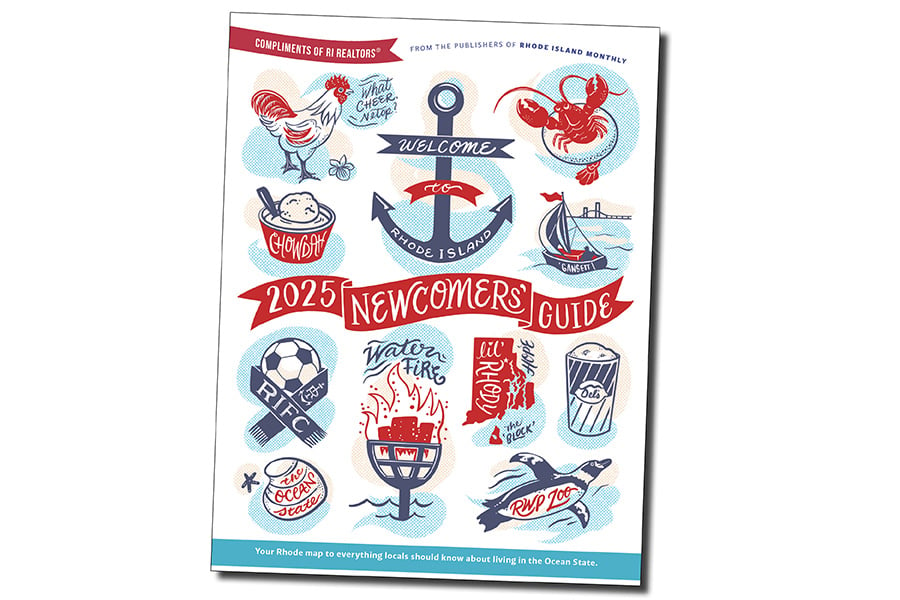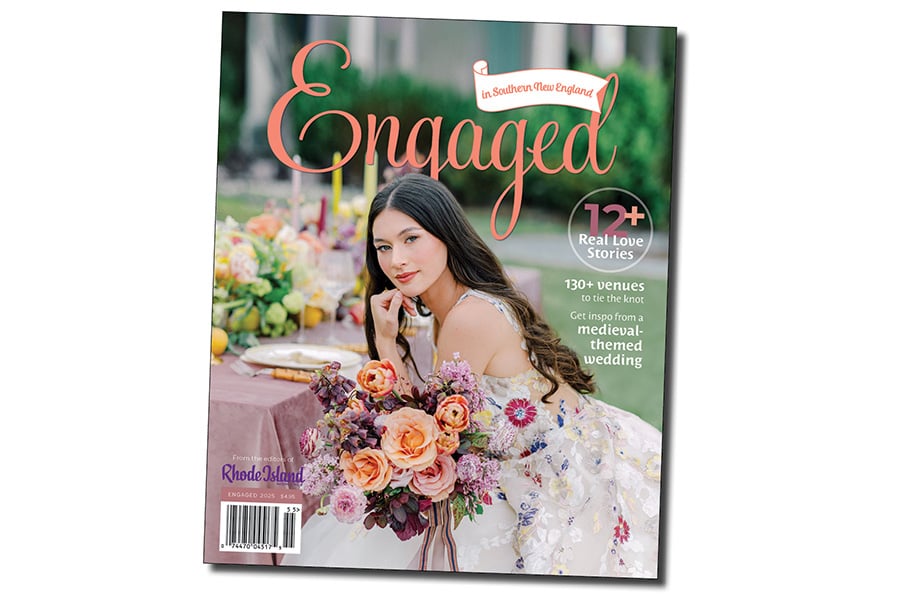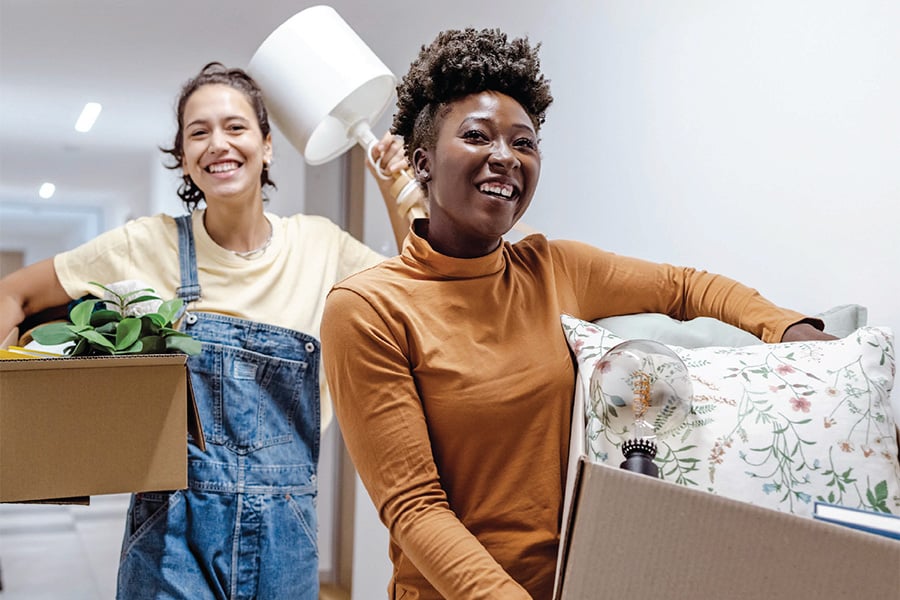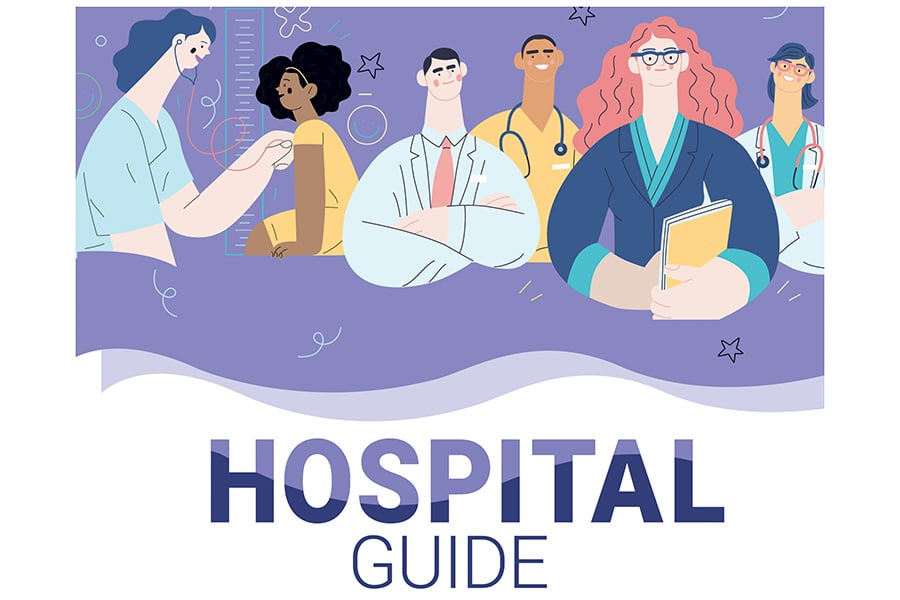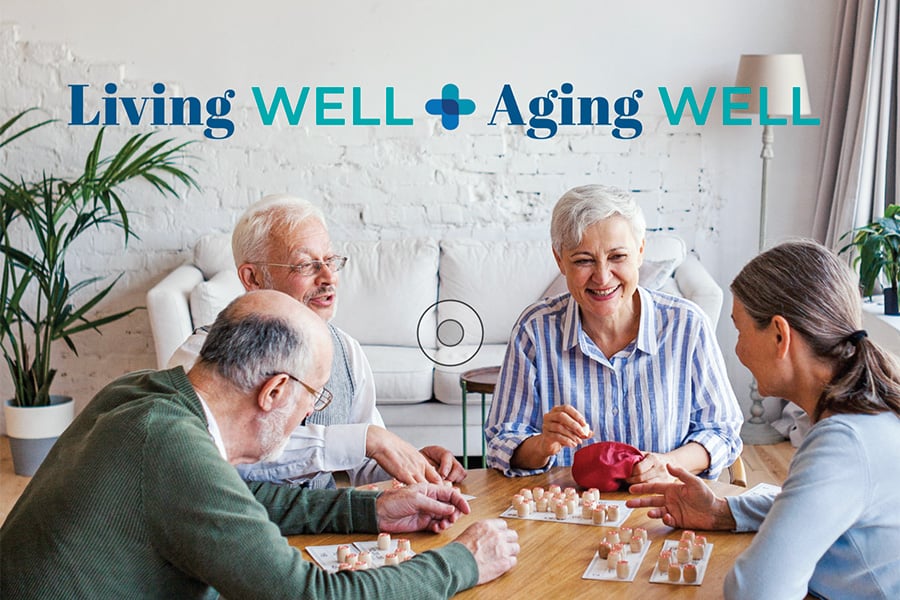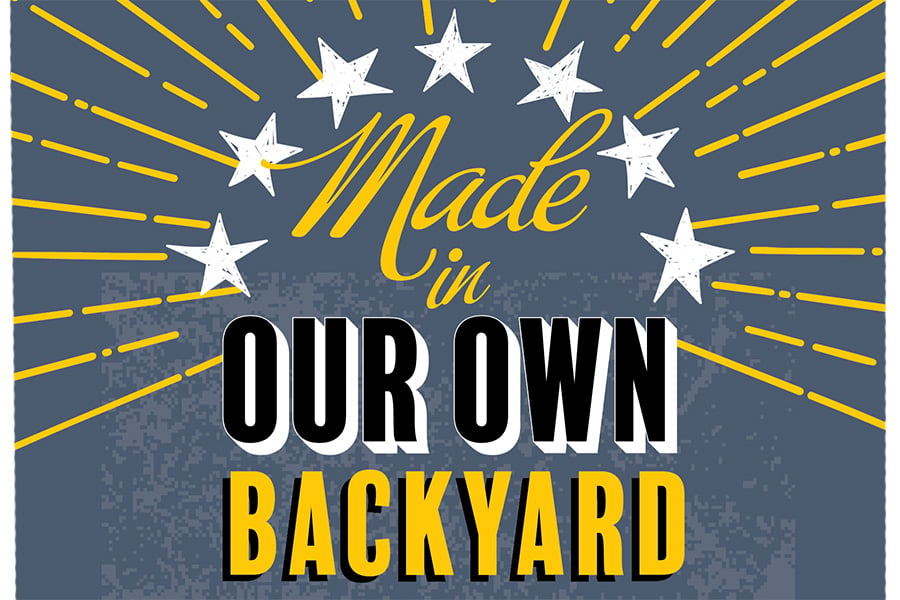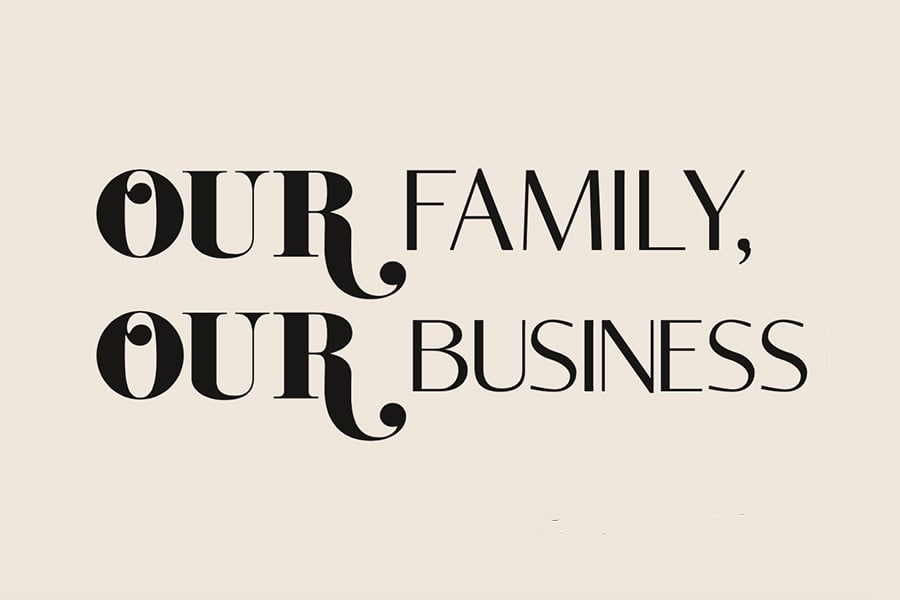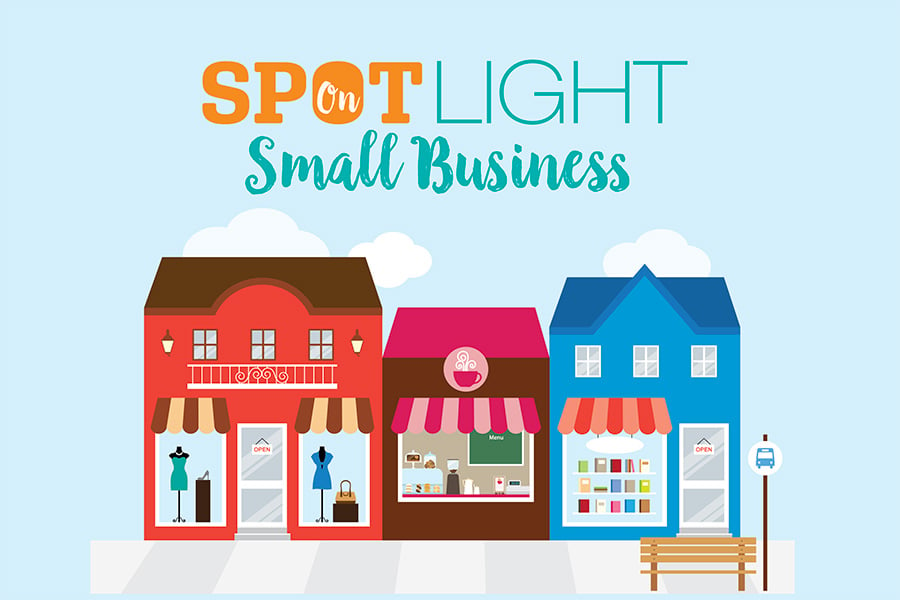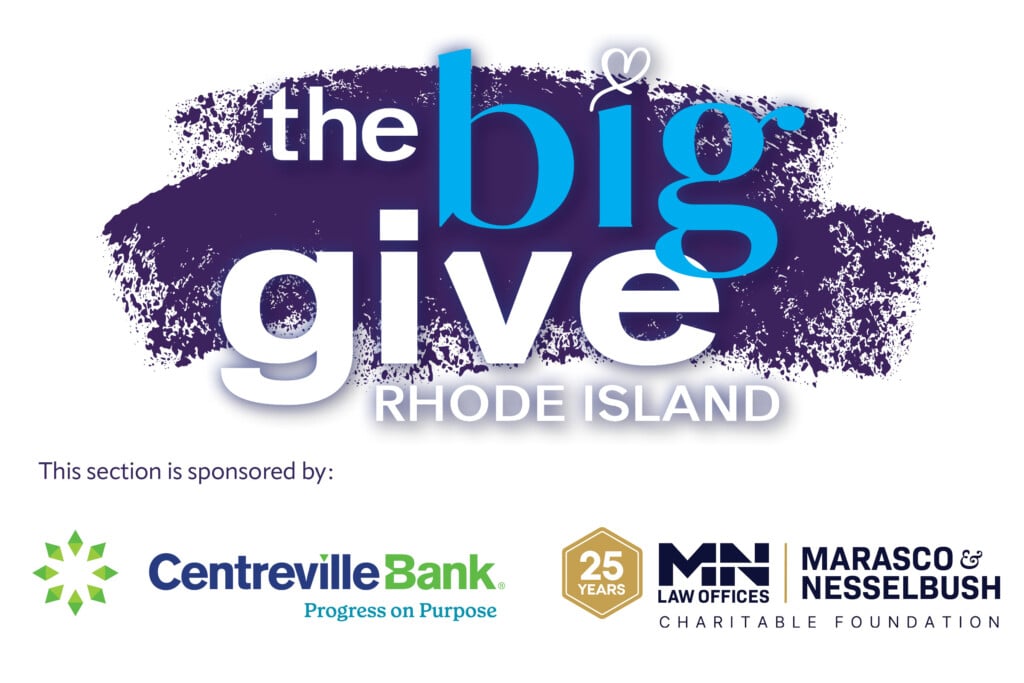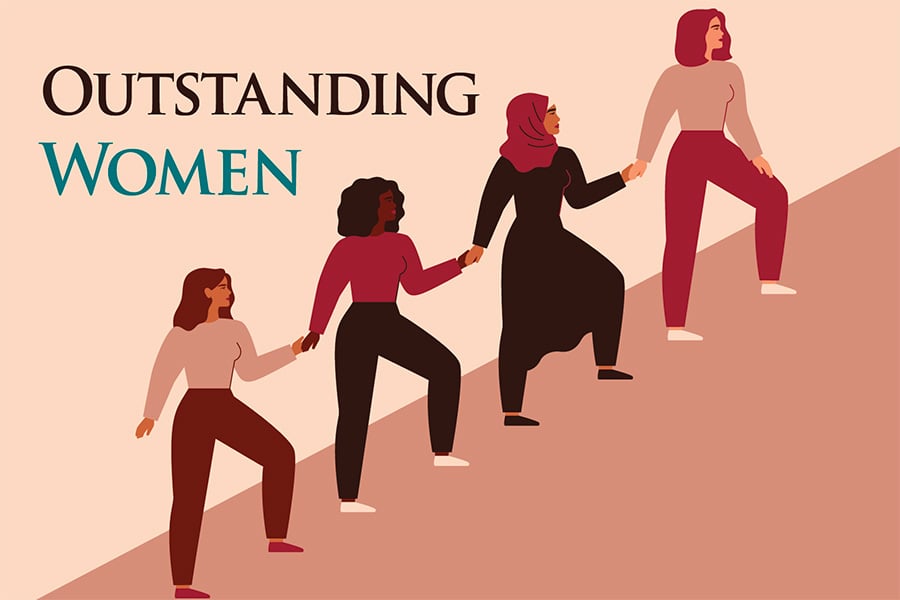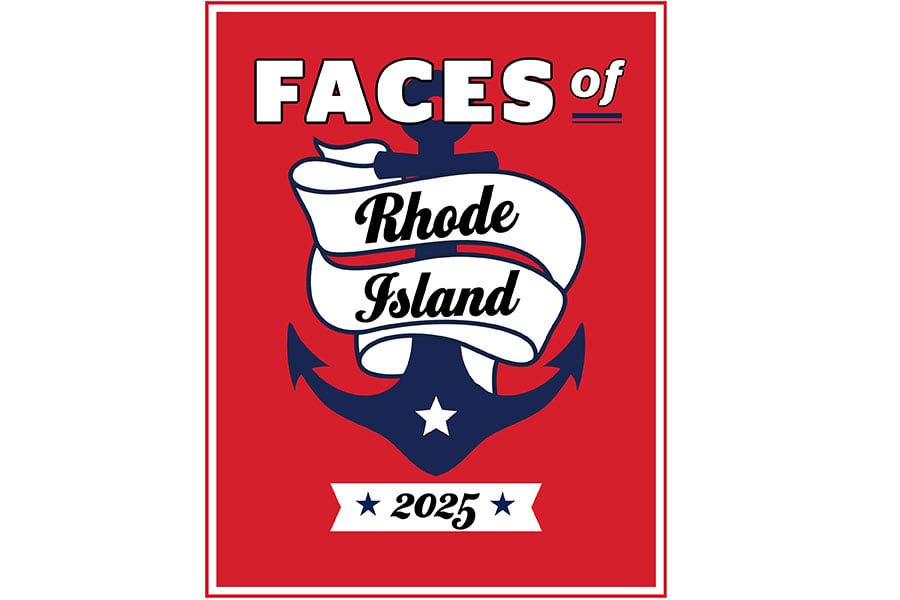All About Trash in Rhode Island
How we can reduce, reuse, recycle and rot our way to a cleaner, more sustainable Ocean State.
How to Start Composting at Home
Katie Murphy from Harvest Cycle, a bicycle-based community compost project in Providence, shares her tips for building a backyard compost pile or saving your food scraps for pickup.
For home composting:
Make sure you collect lots of leaves in the fall. To compost at home, it’s safe to start with a ratio of three to one “browns” (high-carbon materials, such as leaves, woodchips, paper) to “greens” (weeds from the garden, food scraps), so you’re going to need a lot of leaves, and they only fall once a year, so stock up! When you add food scraps to the bin, follow it up with three times as many leaves by volume. Make sure you don’t leave any food scraps exposed to the air. Making sure everything is covered with a top-layer of leaves reduces smell and attractiveness to animals.
Make sure you have a sturdy bin. Critters, especially rodents in urban areas, are hungry and if you leave a buffet for them unguarded, they will find it! Urban compost bins should be constructed carefully so there are no gaps between boards for critters to climb in or widen by gnawing. We prefer wooden bins that have no holes on the sides. The bottom needs to allow air to circulate upwards, so we use a pallet wrapped in two layers of hardware cloth. Also, make sure you have a sturdy lid!
For separating your food scraps for pickup:
Keep your food scraps in the freezer until it’s time to compost them. If you put them in the freezer right away, they don’t have any time to start rotting until it’s time to compost them outside or leave them out for collection.
You can compost paper products, cardboard and paper towels too! These count as “browns” in your ratio of browns-to-greens, similar to leaves. Make sure you tear up big pieces of paper and cardboard so they compost better. And avoid anything with a waxy or plasticky coating. At the best, they won’t break down easily, and at worst they might be coated in PFAS, a class of chemicals known to cause all kinds of adverse health effects, including cancer. There is a movement to ban PFAS in food packaging in Rhode Island; contact zerowasteprovidence@gmail.com to learn more. groundworkri.org
Food Scrap Pickup Businesses in your Area
No space for a compost pile? These operations will collect your scraps curbside.
Statewide
Rhodeside Revival, rhodesiderevival.com
City Compost, citycompost.com
Providence Area
Harvest Cycle, groundworkri.org
Bootstrap Compost, bootstrapcompost.com
Aquidneck Island Area
Healthy Soils, Healthy Seas, cleanoceanaccess.org/hshsri
The Compost Plant: By the Numbers
The deets on the state’s largest food scrap collection business. compostplant.com
7 years in business
13,500 tons of food scraps diverted from the landfill since 2014
3,000 tons of food scraps diverted from the landfill in 2020
12,100 tons of food scraps converted to compost since 2014
1,400 tons of food scraps transformed into biofuel at the Orbit anaerobic digester in Johnston
100 collections partners
10 Dave’s Fresh Marketplaces, the Compost Plant’s largest food scrap collection account
3 full-time staffers led by co-founders Nat Harris and Leo Pollock
4 collection trucks
500 collection bins across Rhode Island
Weird Things You Should Definitely Compost
Fruits, veggies, eggshells, coffee grinds, even paper towels and cardboard: Got it.
Here are a few more household items to chuck in your compost pile:
Human and pet hair, dryer lint, old leather, tissues, saw dust, natural tobacco, dust bunnies, natural fabric (like wool and cotton), soap remnants and dead bugs
Eternally Green
Swan Point Cemetery’s Ellipse area for natural burials is the first of its kind in the state. “In less than two years, close to one-third of the graves [150 total] are already spoken for,” says Swan Point president Anthony Hollingshead. Caskets and cremation boxes must be made from biodegradable materials — think: wicker or wood — without the use of toxic glues or varnishes. Instead of individual grave markers, the names of the departed are engraved on a communal granite ledger. Says Hollingshead, “Those who have chosen green burial here have shared their wishes to be buried in a more natural, woodland area of the cemetery and in a way that minimizes the impact on the environment.” swanpointcemetery.com –C.N.





